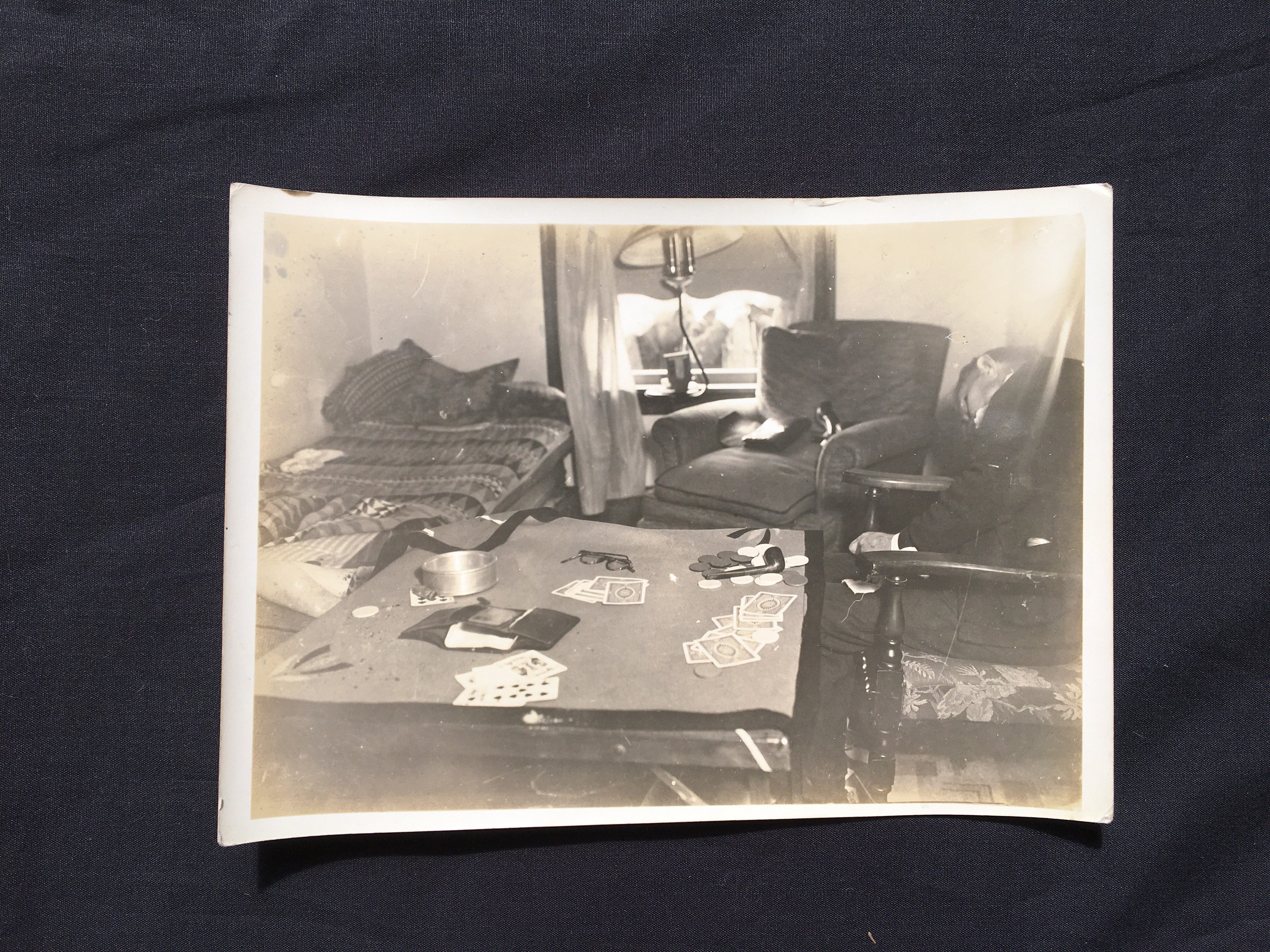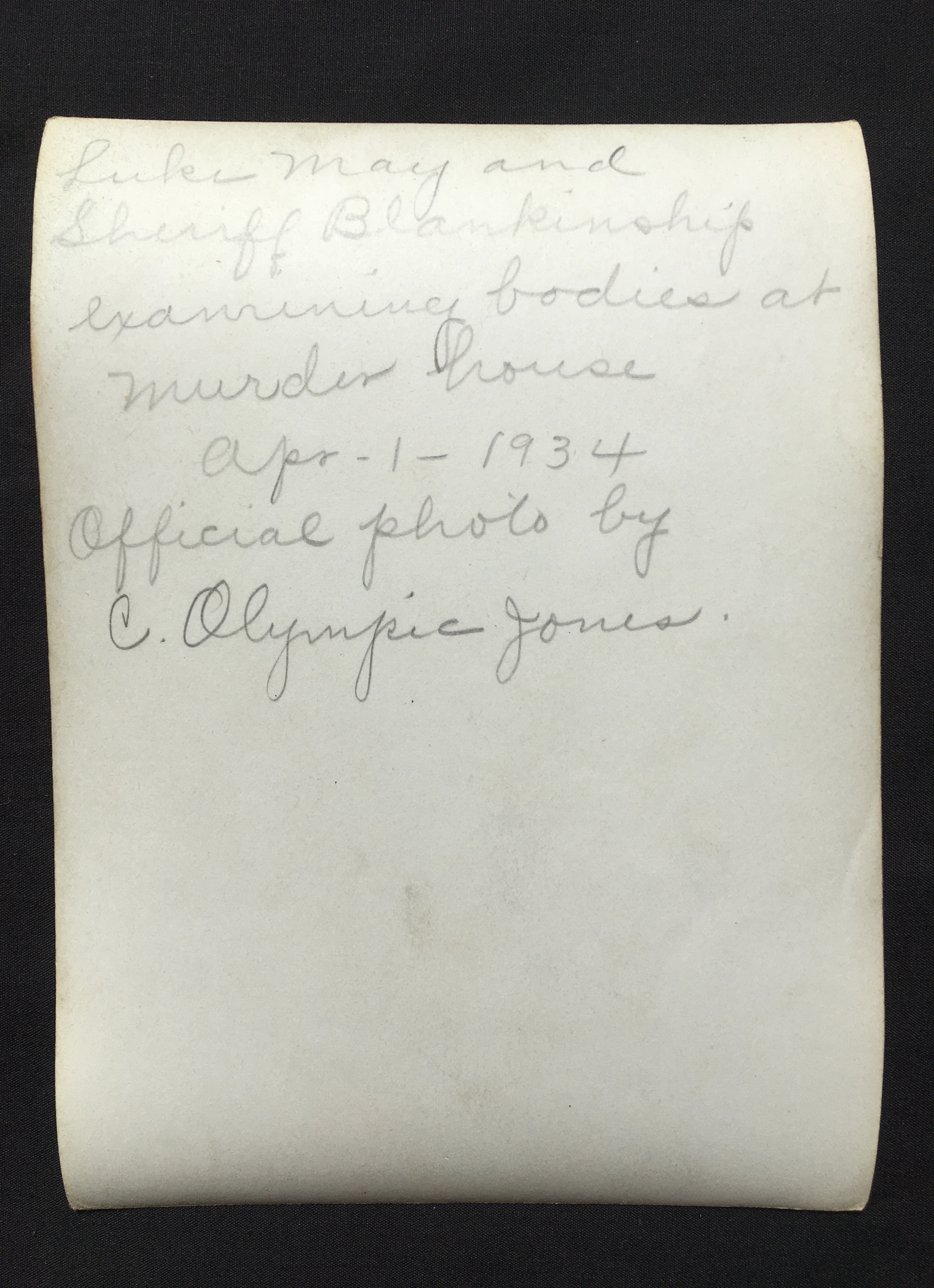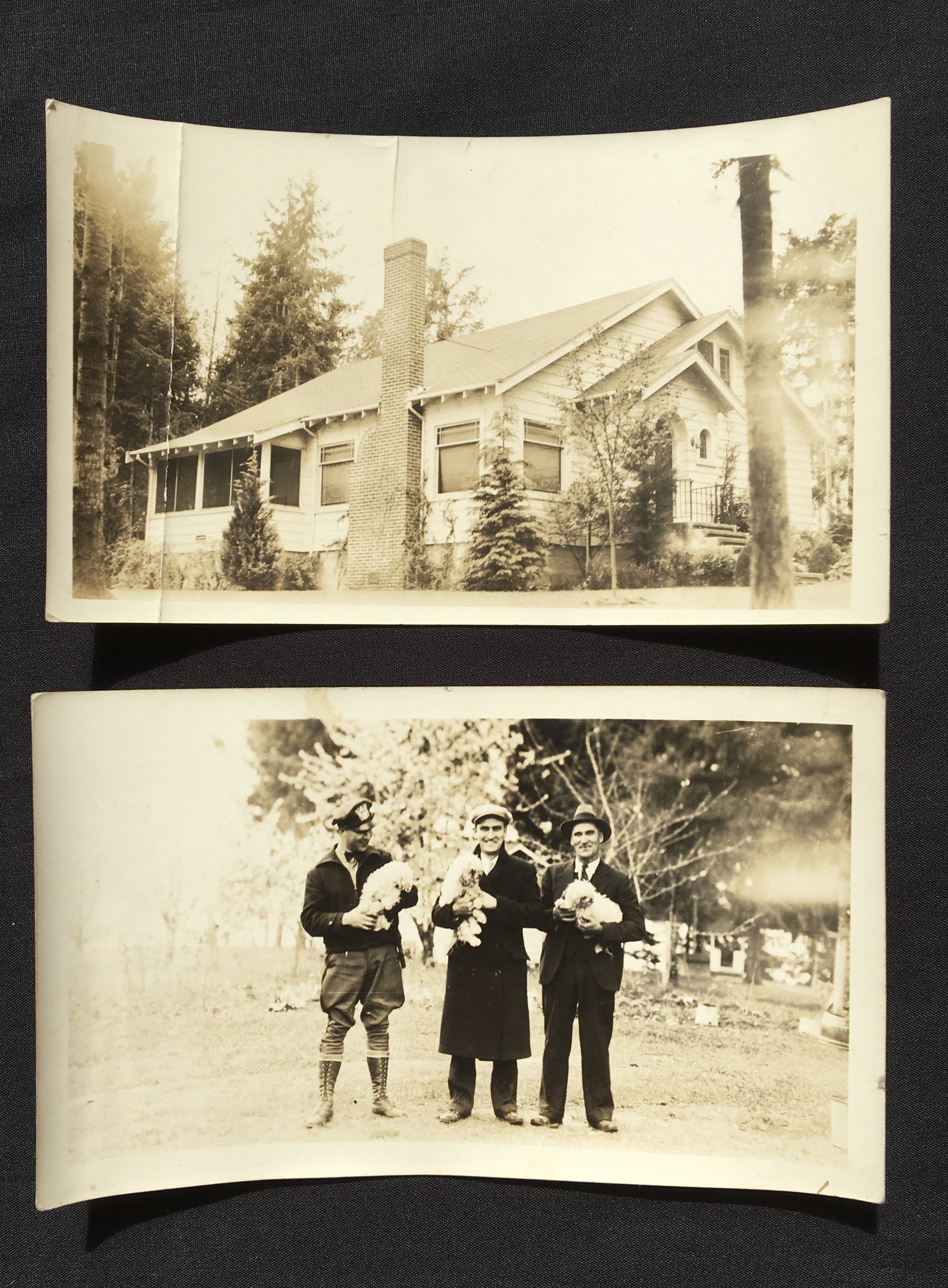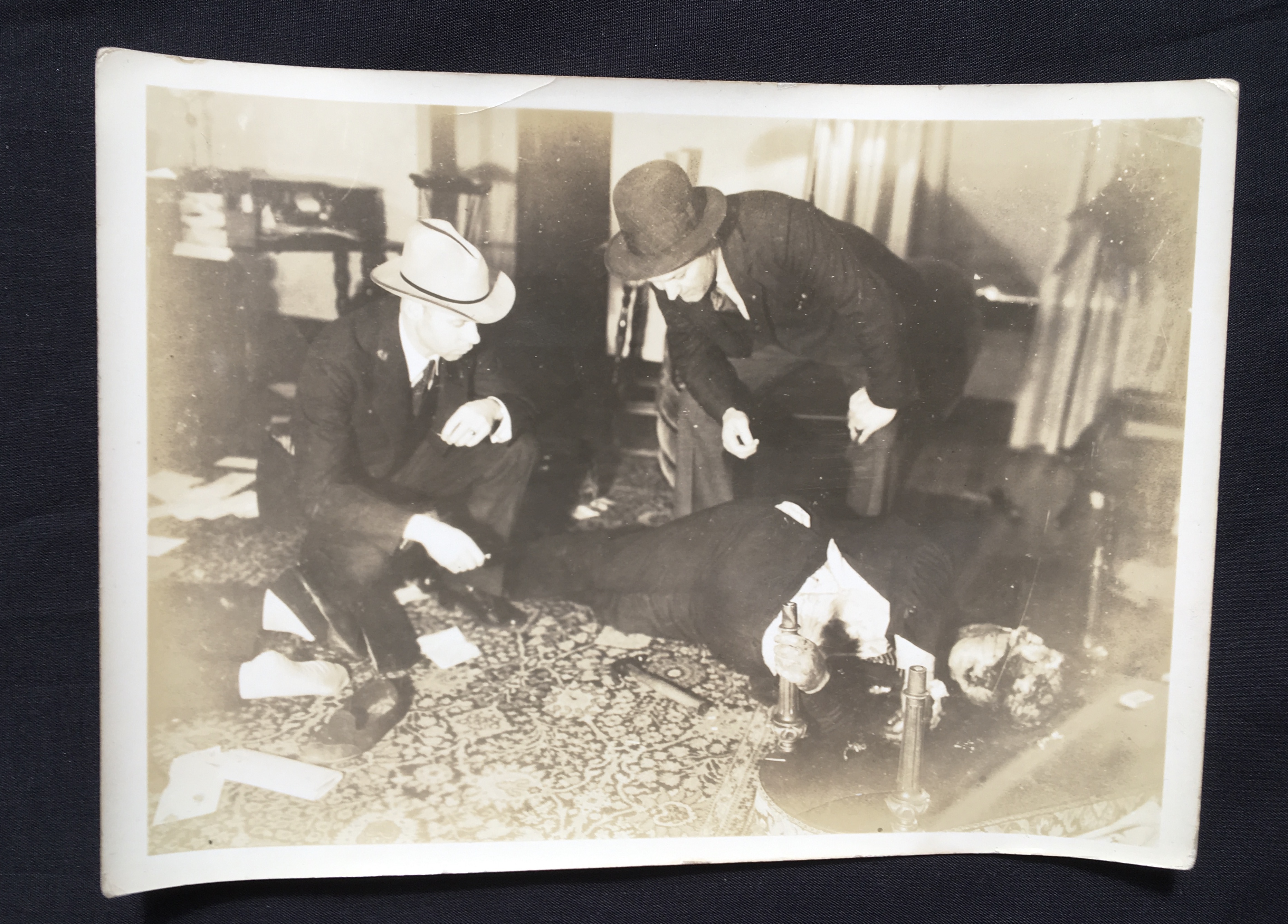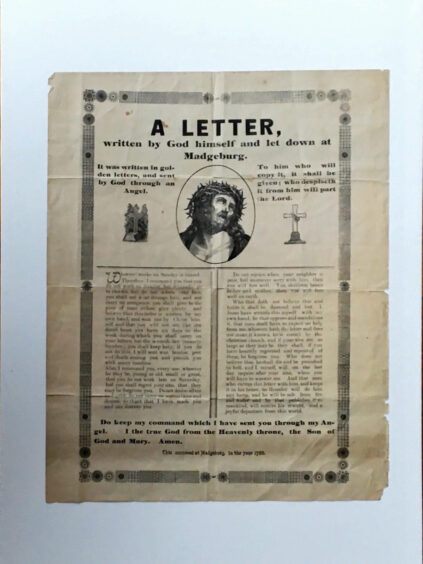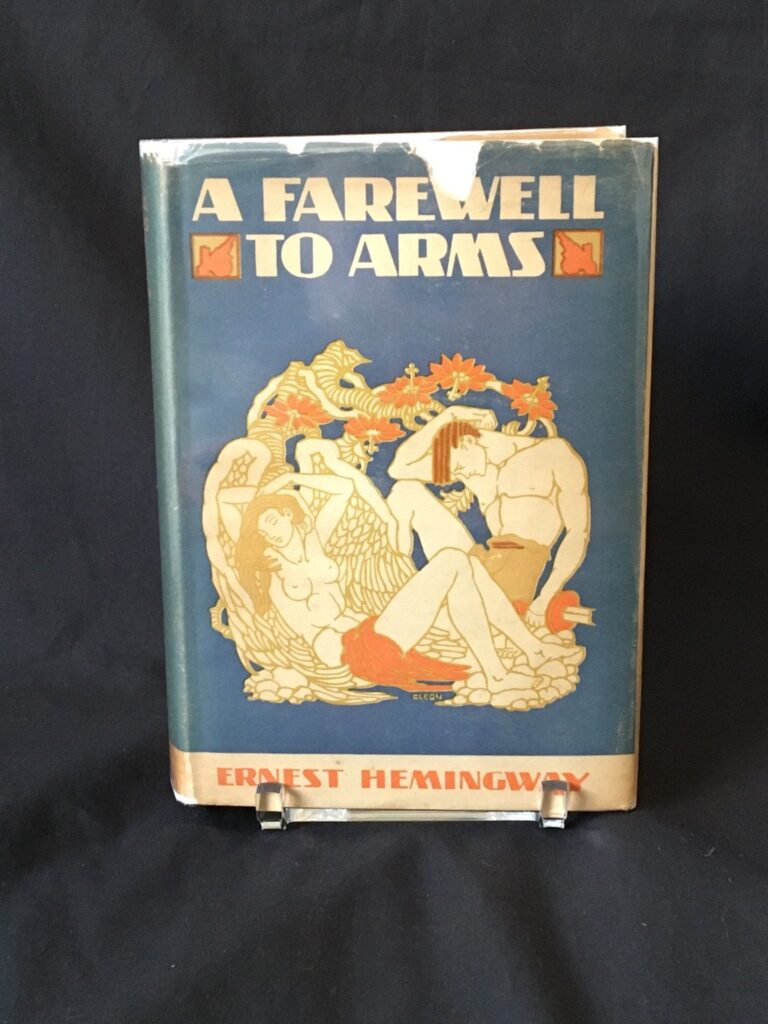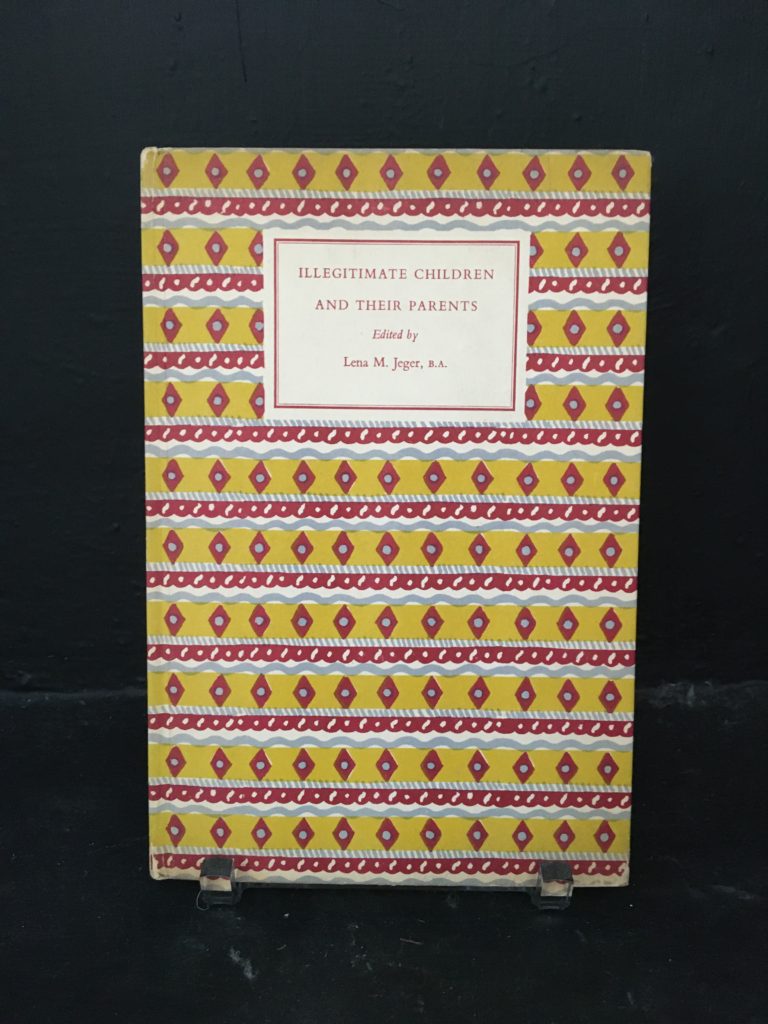Original Crime Scene Photographs – Erland Point Hammer Murders, 1934
$950
Out of stock
Description
Early Forensics Archive of Original Crime Scene Photographs from Detective Luke May’s Investigation into the Erland Point Hammer Murders.
“Before [the detective] can successfully conduct a search for evidence, he must know what he is searching for.”
— Luke S. May, 1933
A rare insight into the origins of modern forensics, these prints formed part of the evidence used by the Kitsap County Sheriffs Office and Private Detective Luke S. May in the investigation of the infamous Erland Point Massacre, or, the Erland Point Hammer Murders.
On the morning of April 1, 1934, barking dogs left locked in the car outside 5617 Erland Point Road in Bremerton, Washington alerted neighbors to a horrifying Easter Weekend surprise. Inside, were the ruins of a card game and a terrible struggle that had left the owner’s of the home and four other locals bound, gagged, and beaten to death with a variety of implements. Shortly after the Kitsap County Sheriff’s office secured the scene, the private consulting detective known as “America’s Sherlock Holmes” arrived by ferry to guide the investigation.
Inspired at an early age by Arthur Conan Doyle’s stories, May taught himself German as a teenager to read some of the first works on criminal psychology, eventually working his first murder case at 16. By 22, he had opened the Revelare International Secret Service, working with a team of early forensics experts to solve cases from document forgery, cattle theft, and murder. In addition to his 1933 instructive Scientific Murder Investigation and Field Manual of Detective Science, May was also the author of 1936’s Crime’s Nemesis and a regular contributor to True Detective Mysteries magazine.
These arresting framed but brutal original crime scene photographs represent the meticulous documentation May insisted on in investigations, relying on camera angle and perspective to approximate placement of blood splatter and debris. May’s obsession with optics carried over to his signature invention, the Revelarescope, or comparison magnascope.
Invented in 1922, but patented the same year as the massacre, the Revelarescope was an enormous, human sized microscope with multiple lenses which projected these images into a large viewing port. Utilized for document analysis, studying knife marks, and comparing photograph details, the sole was last seen at a Seattle auction in the 1960s, but anticipated many of the techniques and tools familiar in modern practice and popular culture.
With each of the larger interior photographs labeled by room and victim name, it seems likely that these were some of the actual images to go under Luke S. May’s lens.
The only other known Erland Point original crime scene photographs were those published in the Seattle Post Intelligencer, examples of which are now held at the Museum of History and Industry in Seattle, Washington.
13 sepia tone gelatin silver photographs. Four exterior shots at smaller 2 x 4 inches. Nine interior shots with pencil annotations of “C. Olympic Jones” and notes in an unknown hand, 5 x 7 inches. General curling, some examples with darkened spots at edges. Minor folds at corners with only small house exterior having more than one fold on the image face. Good condition.


